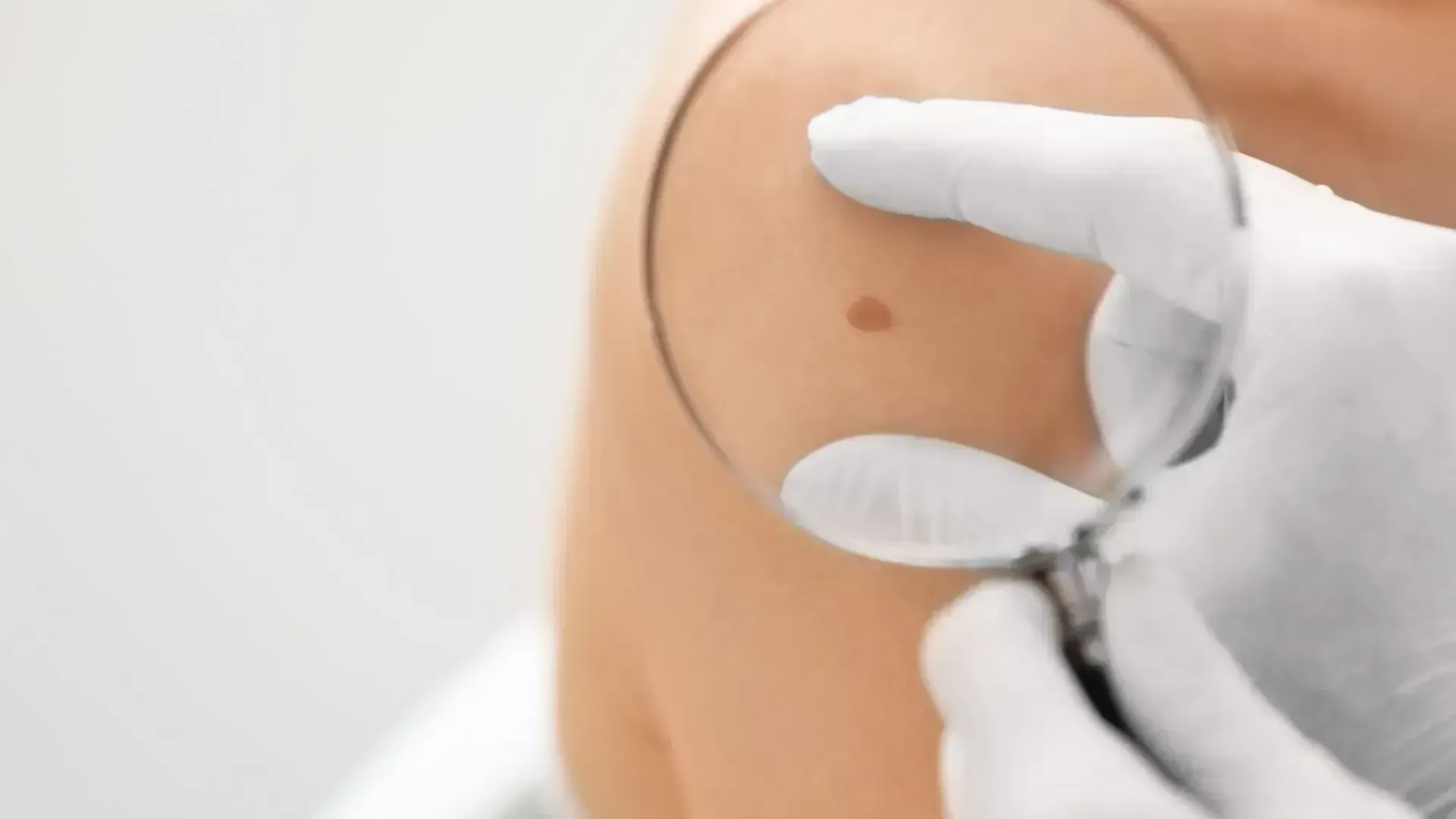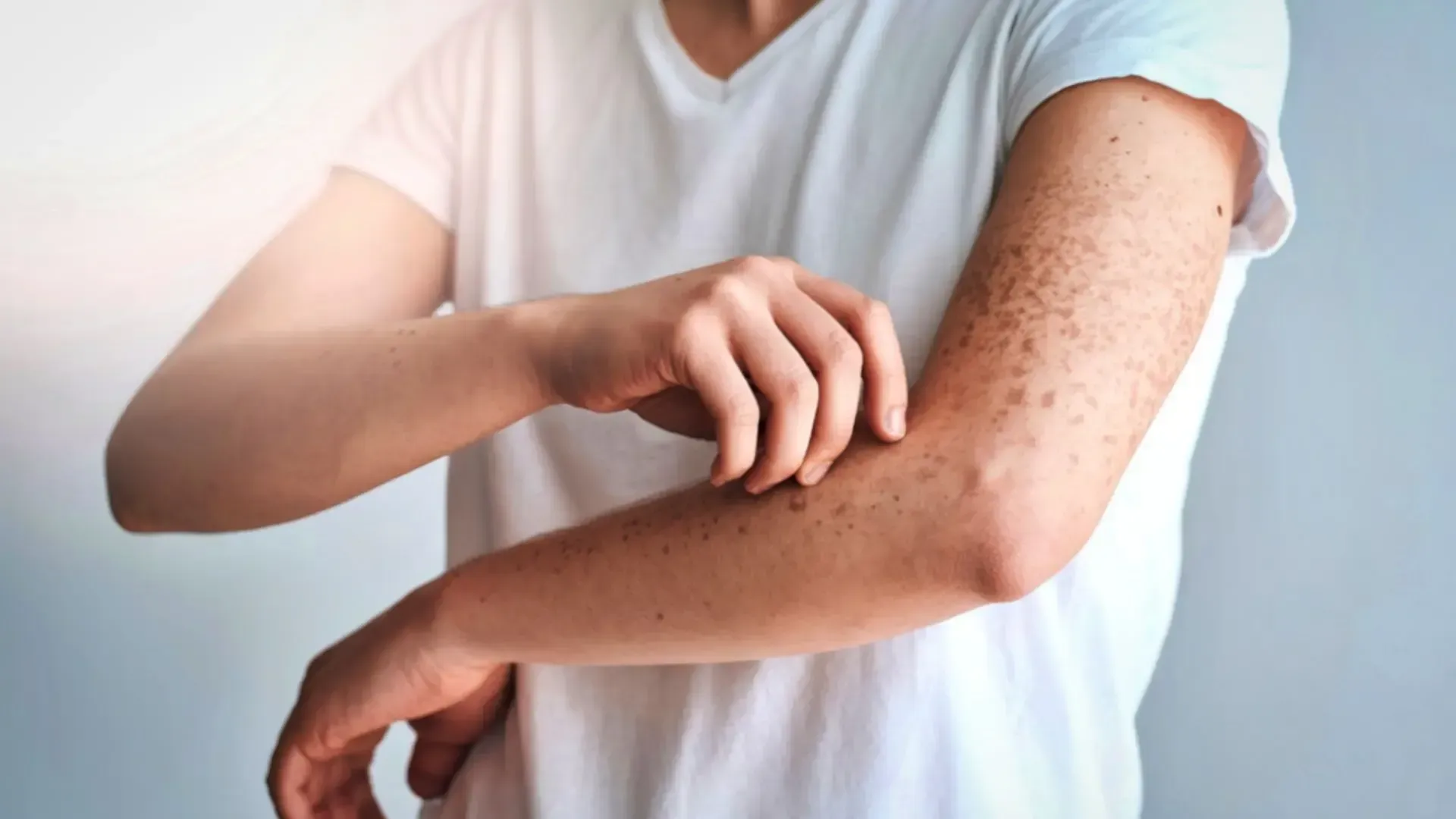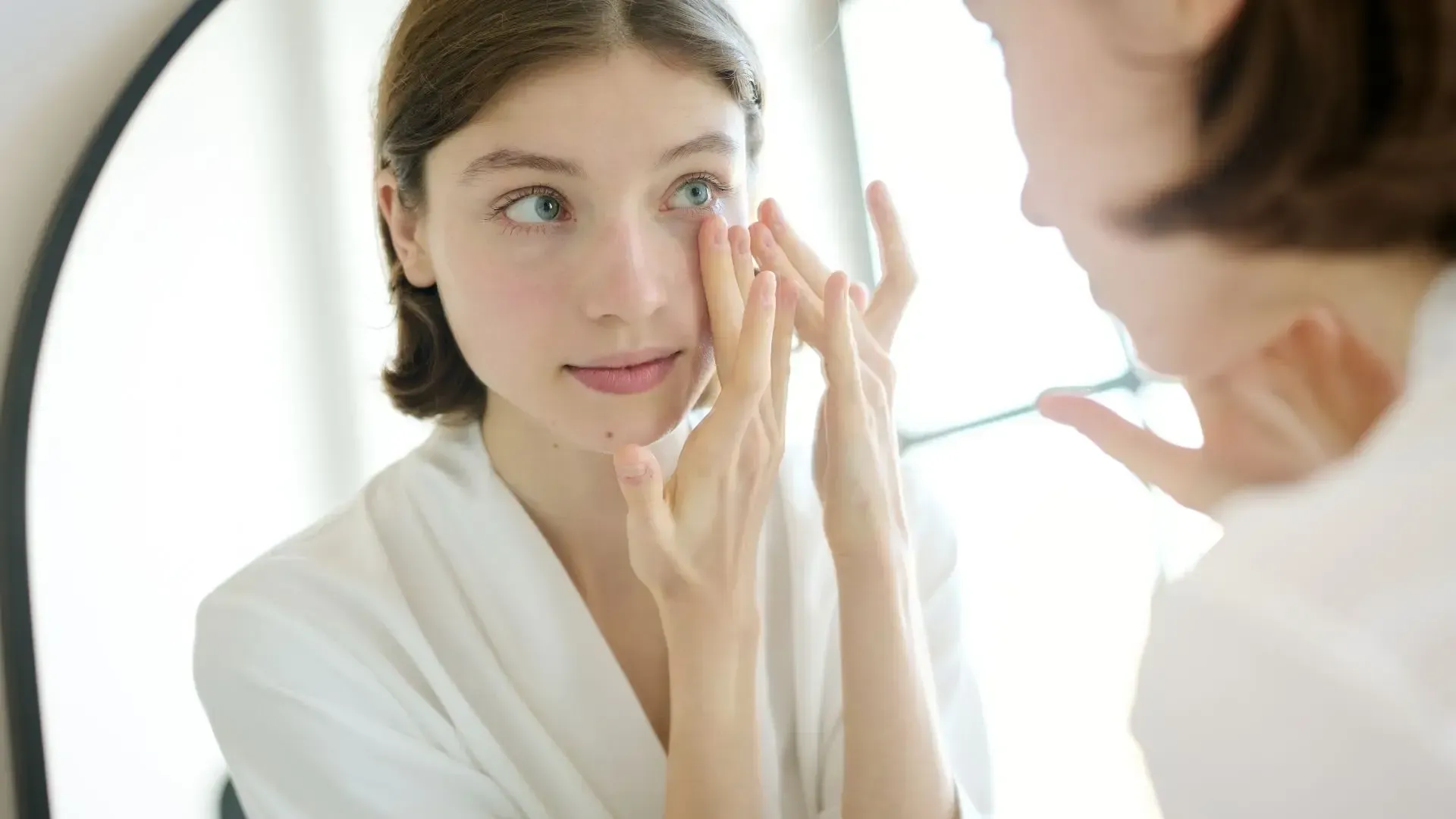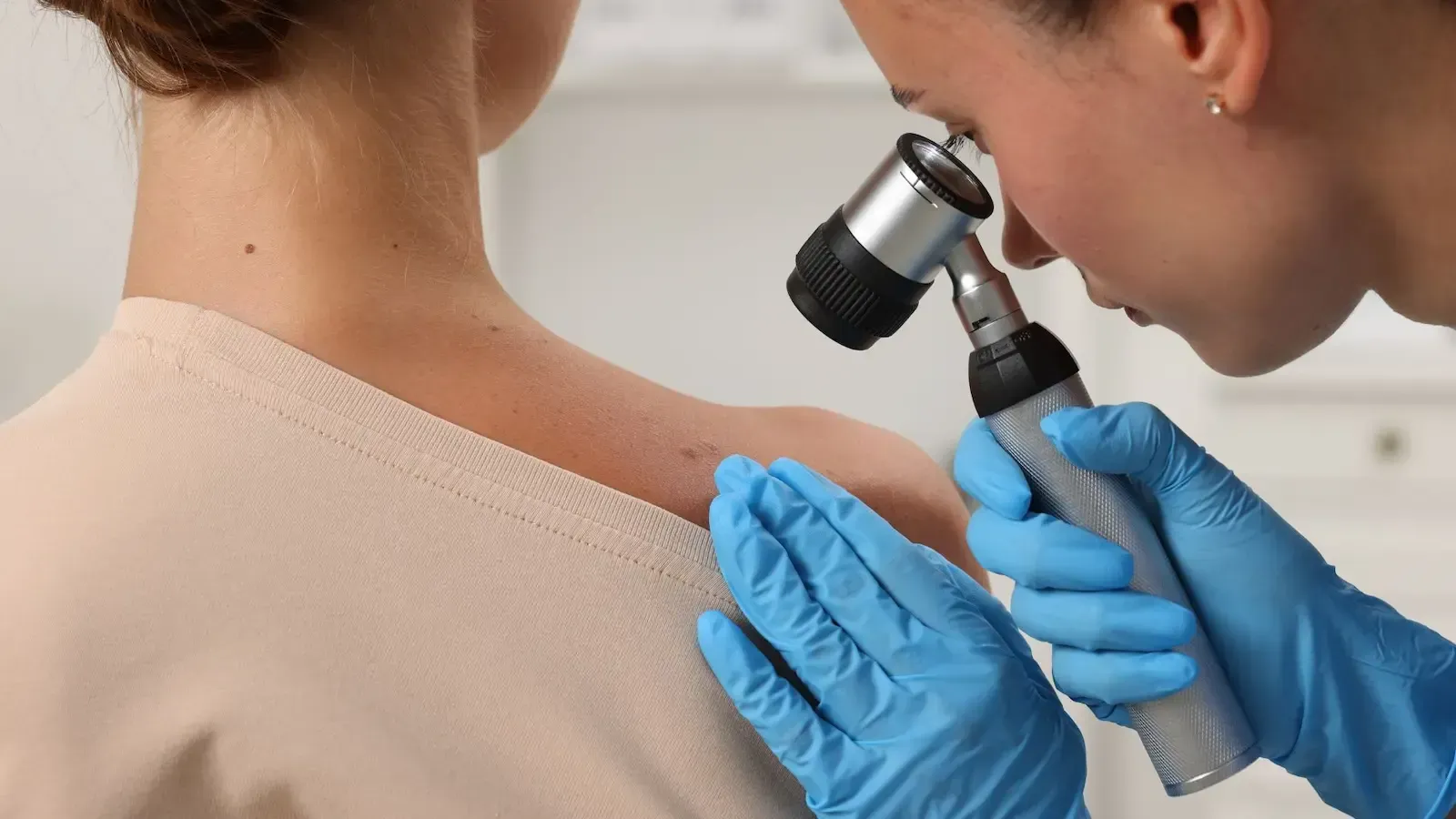Travel Vaccine Myths Debunked 1 Health Christchurch: Separating Fact from Fiction
Planning an overseas adventure is exciting. You’ve booked the flights, sorted the accommodation, and bought the guidebook. But when it comes to travel vaccinations, misinformation can often get in the way of safety.
From fears about ingredients to the belief that "nice hotels" protect you from disease, myths surrounding travel health are common. At 1 Health in Wigram, we want our Christchurch travellers to head away with peace of mind, not confusion.
Here are the top myths we hear in the clinic—and the real facts behind them.
Myth 1: "Travel vaccines contain dangerous mercury."
The Reality: This is a common fear that stems from outdated information. While some vaccines historically used a preservative called thimerosal (which contains ethylmercury), it is important to know that this is not the same as methylmercury found in fish. Ethylmercury is processed and eliminated from the body much more quickly and does not cause harm in the tiny amounts used.
More importantly, the vast majority of modern travel vaccines—including Hepatitis A, Typhoid, Japanese Encephalitis, and Rabies—do not contain thimerosal at all.
Myth 2: "I’m staying in a 5-star resort, so I don’t need vaccines."
The Reality: Unfortunately, disease-causing organisms don't check hotel star ratings. Typhoid fever and Hepatitis A spread through contaminated food and water, which can happen anywhere.
Ice cubes made from untreated water.
Salads washed in tap water.
Fruit handled by infected workers.
Any of these can transmit disease, regardless of how upscale your accommodation is. Similarly, infected mosquitoes can fly into a luxury resort just as easily as a backpacker hostel. If you are eating, drinking, or stepping outside, you are at risk.

Myth 3: "Natural immunity is better than a vaccine."
The Reality: While surviving an infection can provide immunity, the risk of getting the disease is simply too high. To get "natural" immunity to Typhoid, you have to suffer through Typhoid first—a potentially life-threatening infection that causes severe fever and internal bleeding.
To get natural immunity to Rabies, you would need to catch Rabies—which is almost 100% fatal once symptoms appear. Vaccination provides protection without the dangerous illness, hospitalisation, or risk of death.
Myth 4: "Vaccines make you feel terrible."
The Reality: Most side effects from travel vaccines are mild and temporary, typically lasting only 24 to 72 hours.
Common reactions include a sore arm, a mild headache, or feeling a bit tired. A study of over 3,000 travellers found that while some reported slight reactions, none needed to see a doctor about them. Severe side effects are exceptionally rare. Healthcare providers carefully assess your history before recommending anything.
Myth 5: "It’s too expensive."
The Reality: We know travel costs add up. But when you weigh the cost of a vaccine against the cost of emergency medical care abroad, vaccines are a financial lifesaver.
Hospitalisation in Southeast Asia or the USA can cost thousands of dollars per day. Furthermore, many vaccines offer long-term value. A full Hepatitis A course can protect you for up to 30 years. Think of it as an insurance policy that protects you from massive expenses down the track.

Myth 6: "I'm only going for a short trip, so I'll be fine."
The Reality: You can catch a disease on day one of your holiday. Hepatitis A can be contracted from a single contaminated meal, and Rabies from a single animal bite.
Your risk isn't just about time; it's about exposure. A traveller spending one week trekking in rural Vietnam may be at higher risk than someone spending a month in a Singapore hotel.
Myth 7: "Getting multiple vaccines at once is unsafe."
The Reality: It is completely safe and standard practice to receive multiple vaccines in one visit. Your immune system handles thousands of challenges every day; handling a few inactivated vaccines at once is well within its capabilities.
Combining vaccinations saves you multiple trips to the clinic and ensures you are protected well before you fly.
The Bottom Line
Travel vaccines are safe, effective, and essential tools for protecting your health. Don't let misinformation stop you from exploring the world safely.
Ready to get protected? Book a travel consultation with the experienced team at 1 Health Wigram.
We will review your itinerary, answer your questions, and ensure you are ready for takeoff.
Have Questions About Your Health?
Our clinicians at 1 Health are here to help — whether it’s GP care, dental, travel vaccines, or facial aesthetics. Book a consultation anytime.
Book Online:
https://www.1health.nz/contact
Call:
Disclaimer:
This article is for general information only and is not medical advice. Every person’s health situation is different. For personalised guidance or diagnosis, please consult a qualified clinician.














